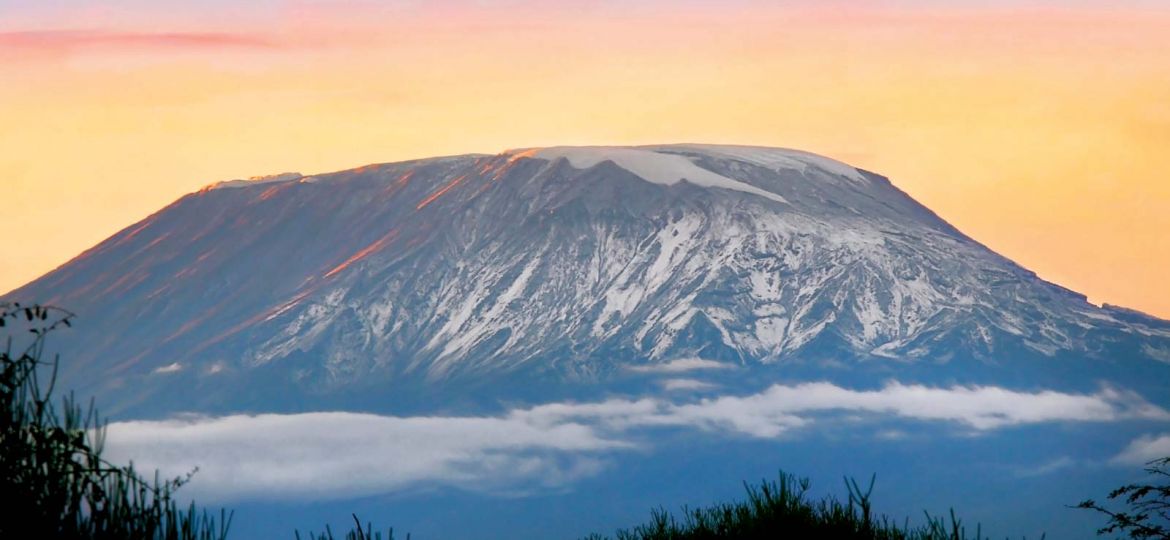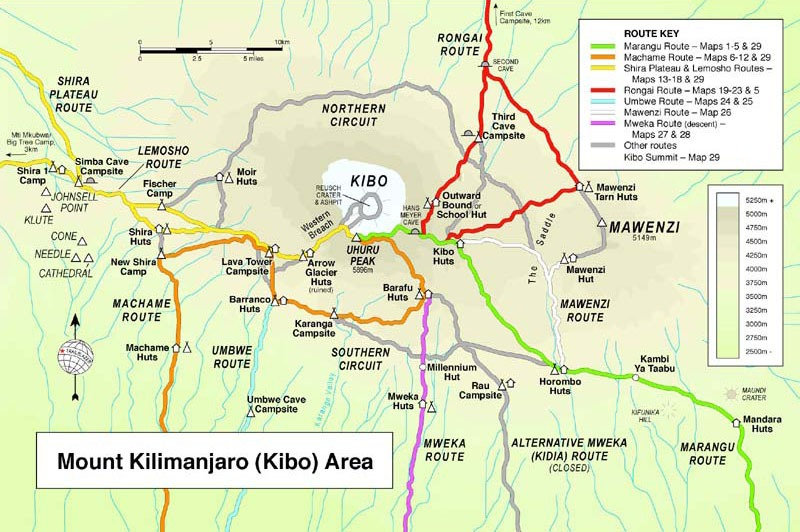
This is a totally unique experience and will remain a ‘feather in your cap’ for years to come. With about 15, 000 hiker reaching the summit every year, you too can join them in their victory! With experienced guides and professional equipment, you only have your own fears or weaknesses to overcome.
A tip is to walk slowly, thus allowing your body time to acclimatize to the thin mountain air. With temperatures ranging from 10 degrees to 20 degrees Fahrenheit, this is not a comfortable climb but is doable. Taking you through five different ecosystems and offering you a ‘once in a lifetime’ view, it is a truly rewarding and exhilarating experience.
Of course, a good degree of fitness is required, so previous hiking experience is required. Don’t forget to break in your hiking boots and walk with a pack on to get used to some of what you will experience as you climb Africa’s highest peak.
There are several different routes that you can climb, so talk to your guide beforehand to decide on what is the best one for you. Below is a map of some of the routes.

At 19,341 feet/5,895 meters, Tanzania‘s snow-capped Mount Kilimanjaro is the highest peak in Africa and the world’s tallest free-standing mountain. It’s also the world’s tallest walkable mountain—and what a walk it is. To reach the summit, one must pass through five distinct climate zones ranging from rainforest to alpine desert and eventually the glacial Arctic. Although it is possible to climb Mount Kilimanjaro without any specific mountaineering training or equipment, summiting the Roof of Africa is not an easy task.
Plan Your Trip
It is possible to climb Mount Kilimanjaro all year round, but some months are distinctly more comfortable than others. There are two optimum seasons for trekking Kilimanjaro—from January to March, and from June to October.
Between January and March, the weather is cooler and the routes are less crowded. From June to October, the mountain is busier (due to the season coinciding with northern hemisphere summer holidays), but the days are warm and pleasant. It’s best to avoid the wetter months of April, May, and November while warm clothing is required at the summit all year round.
Although mountaineering training isn’t necessary, a reasonable level of fitness goes a long way on Kilimanjaro. If you’re somewhat lacking in this department, you’ll want to work on your stamina in the months leading up to your trek. Practice hikes also give you the opportunity to break in your new hiking boots, minimizing the chance of debilitating blisters. Exertion at altitude can affect the body in different ways, so it’s a good idea to get a medical check-up before departure. Even the most basic ailments can make your life miserable at 18,000 feet.
